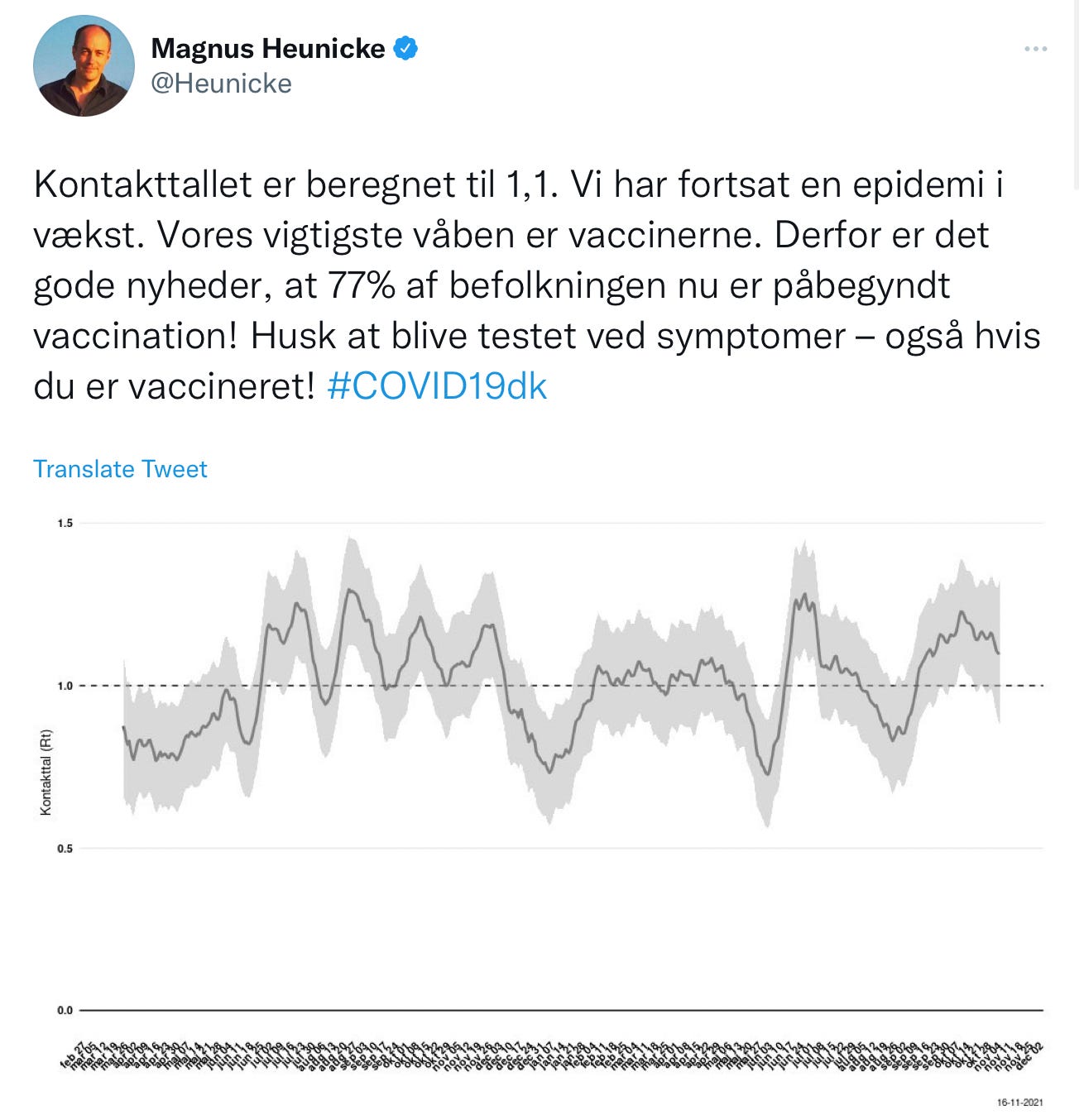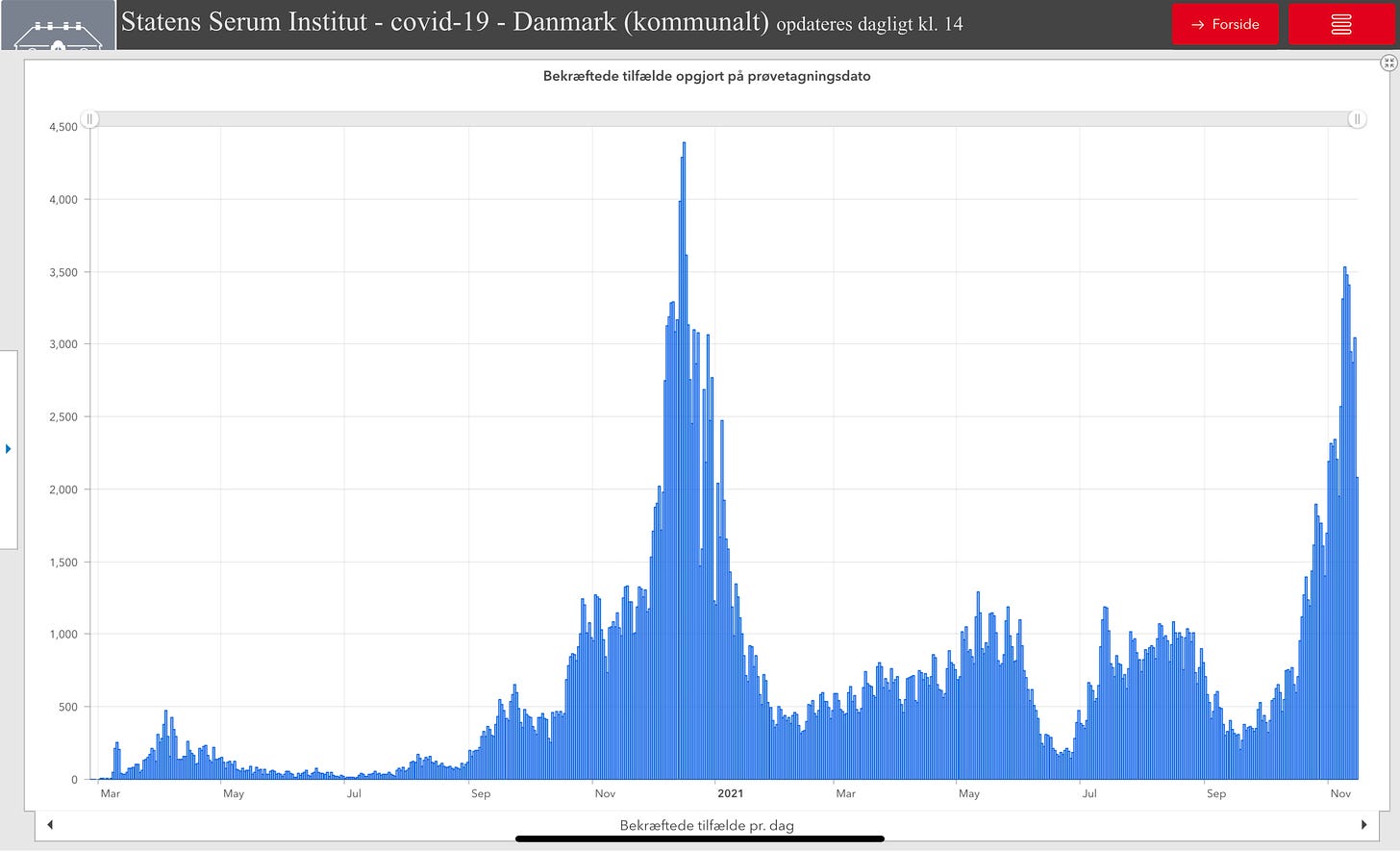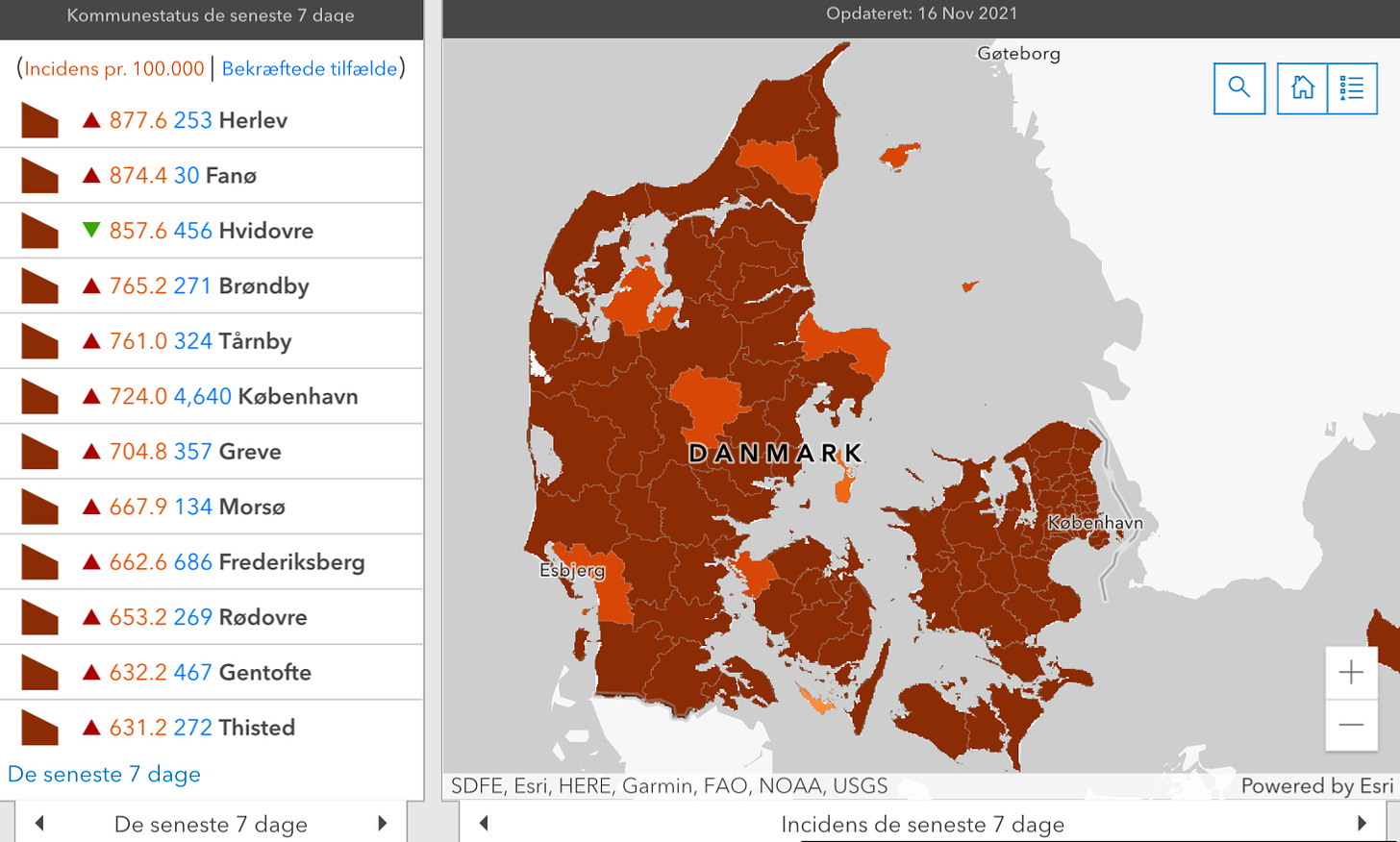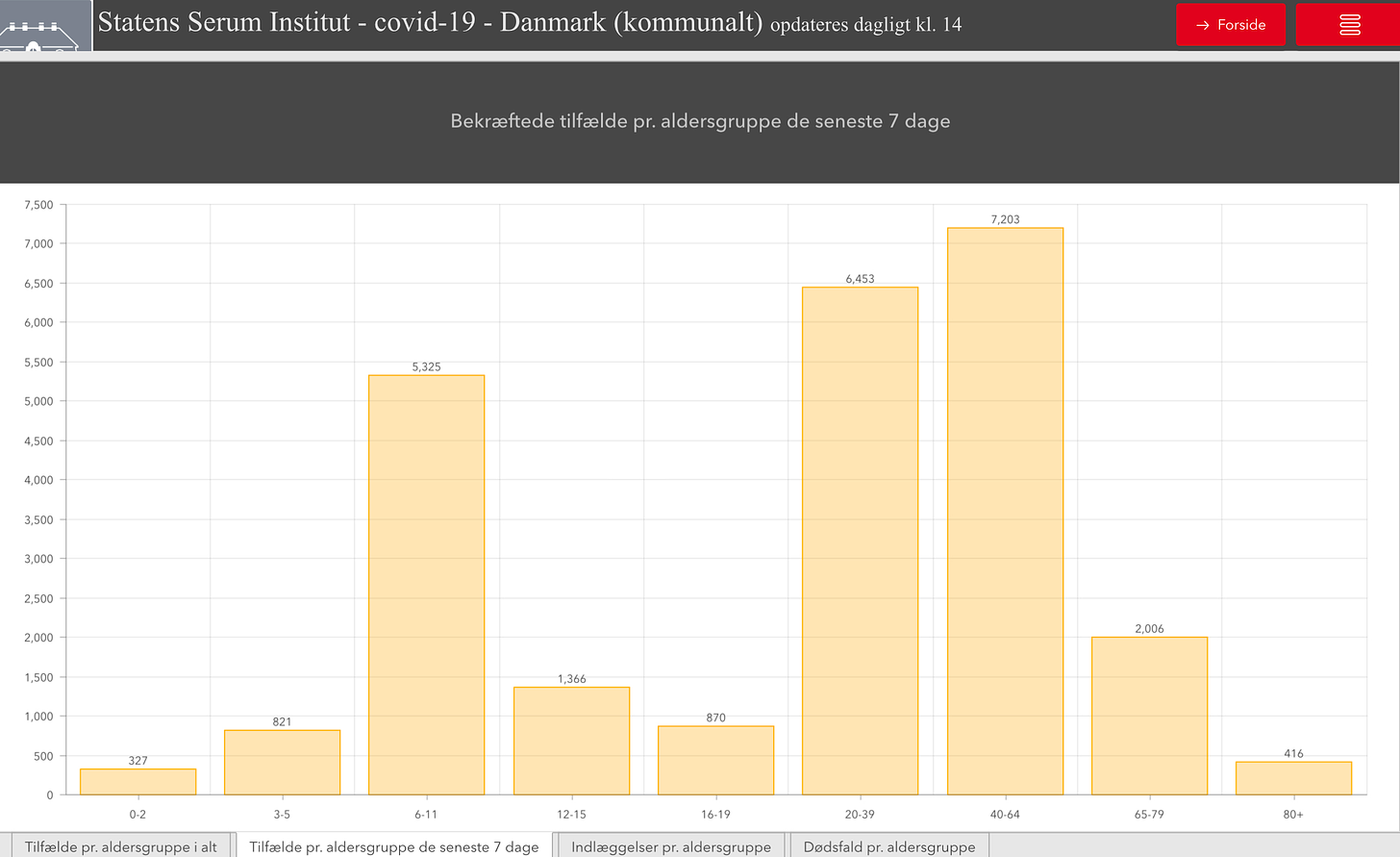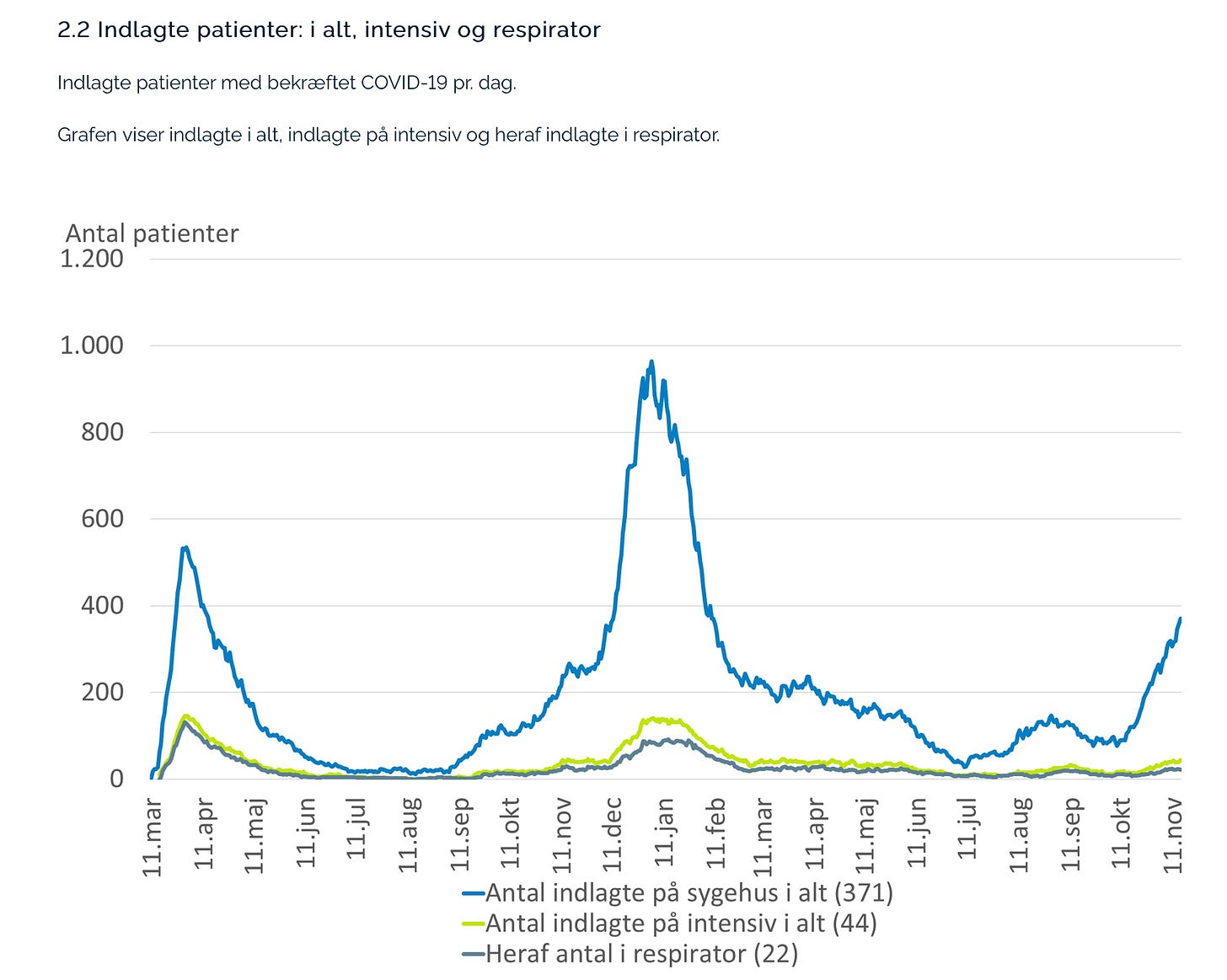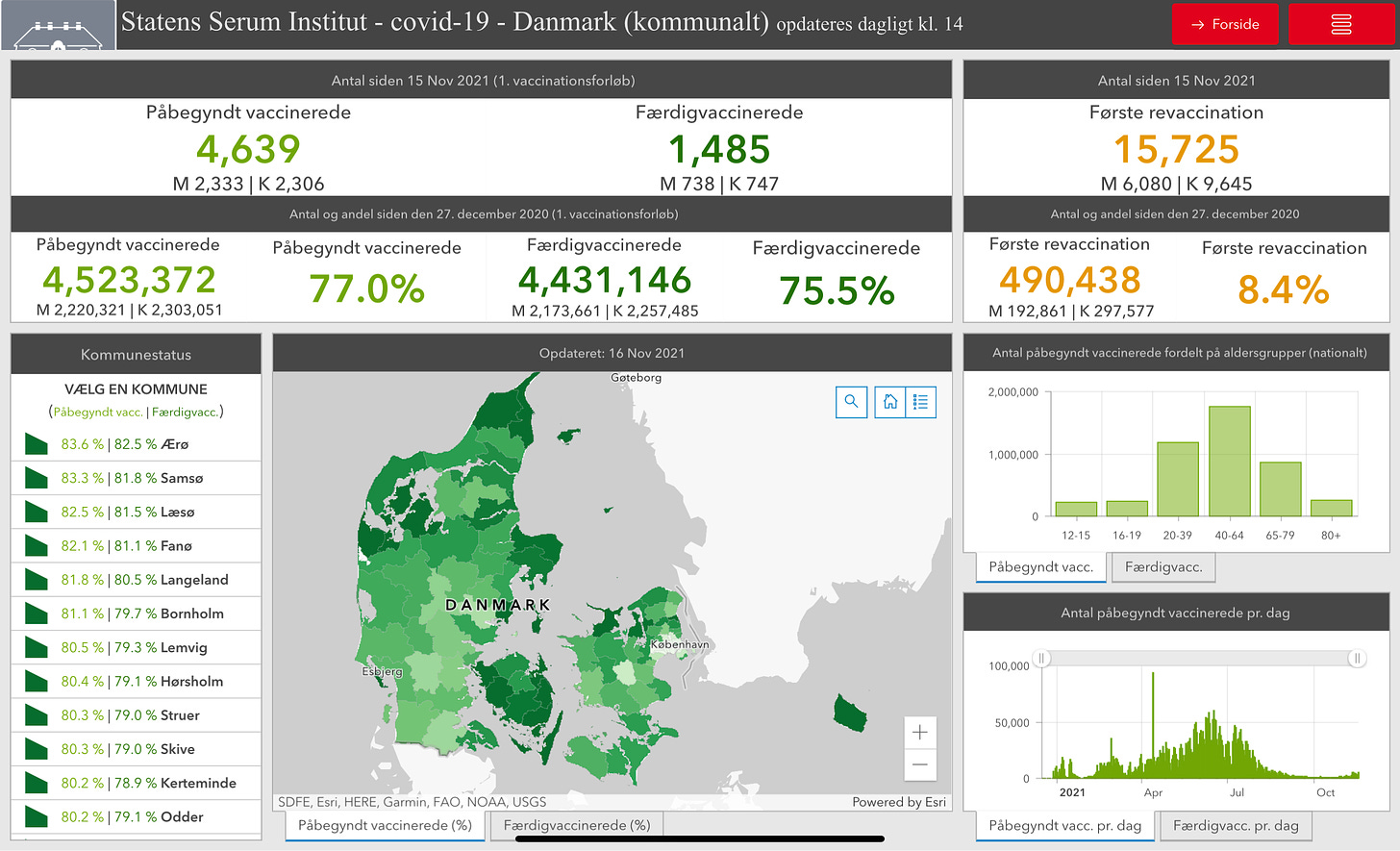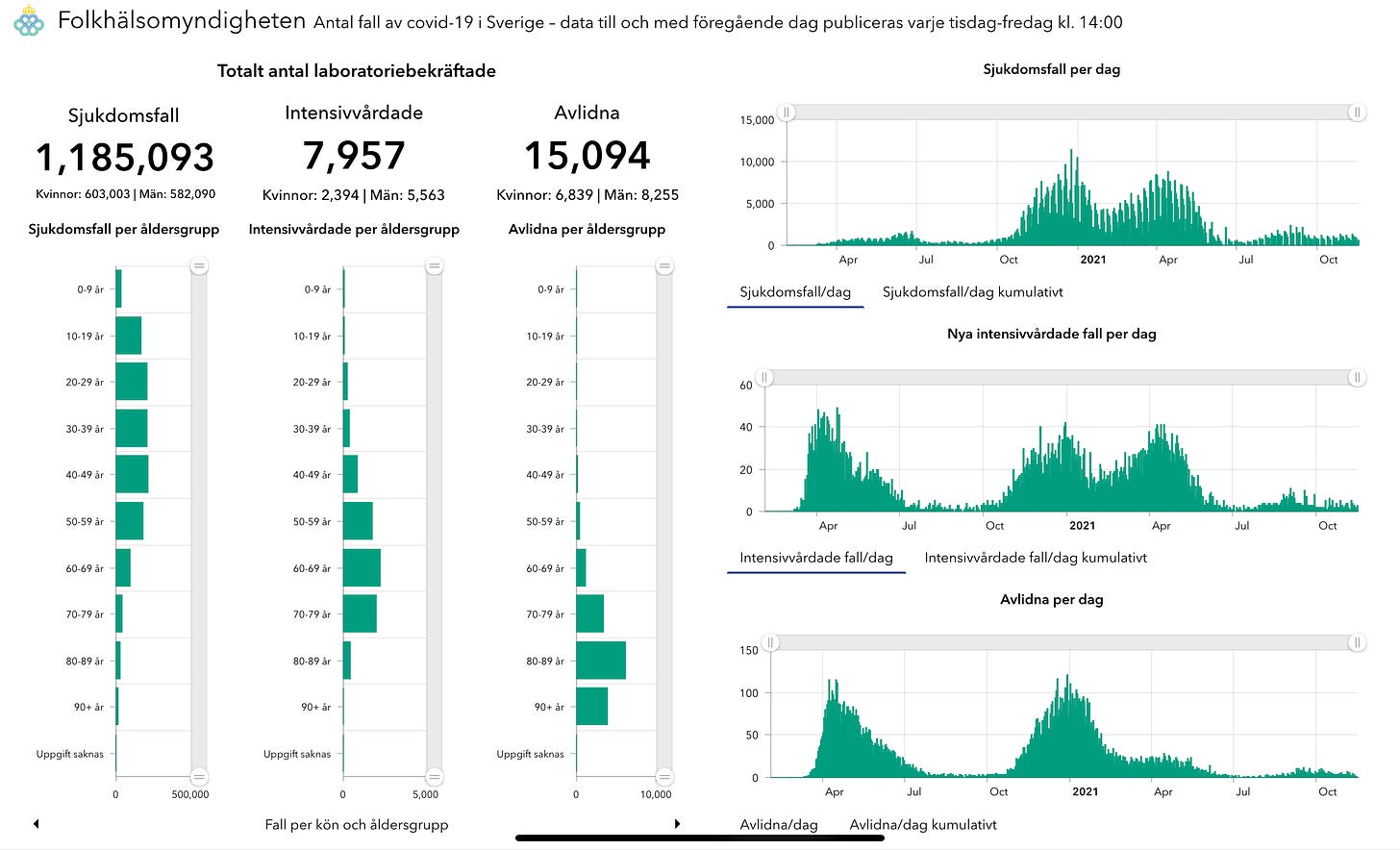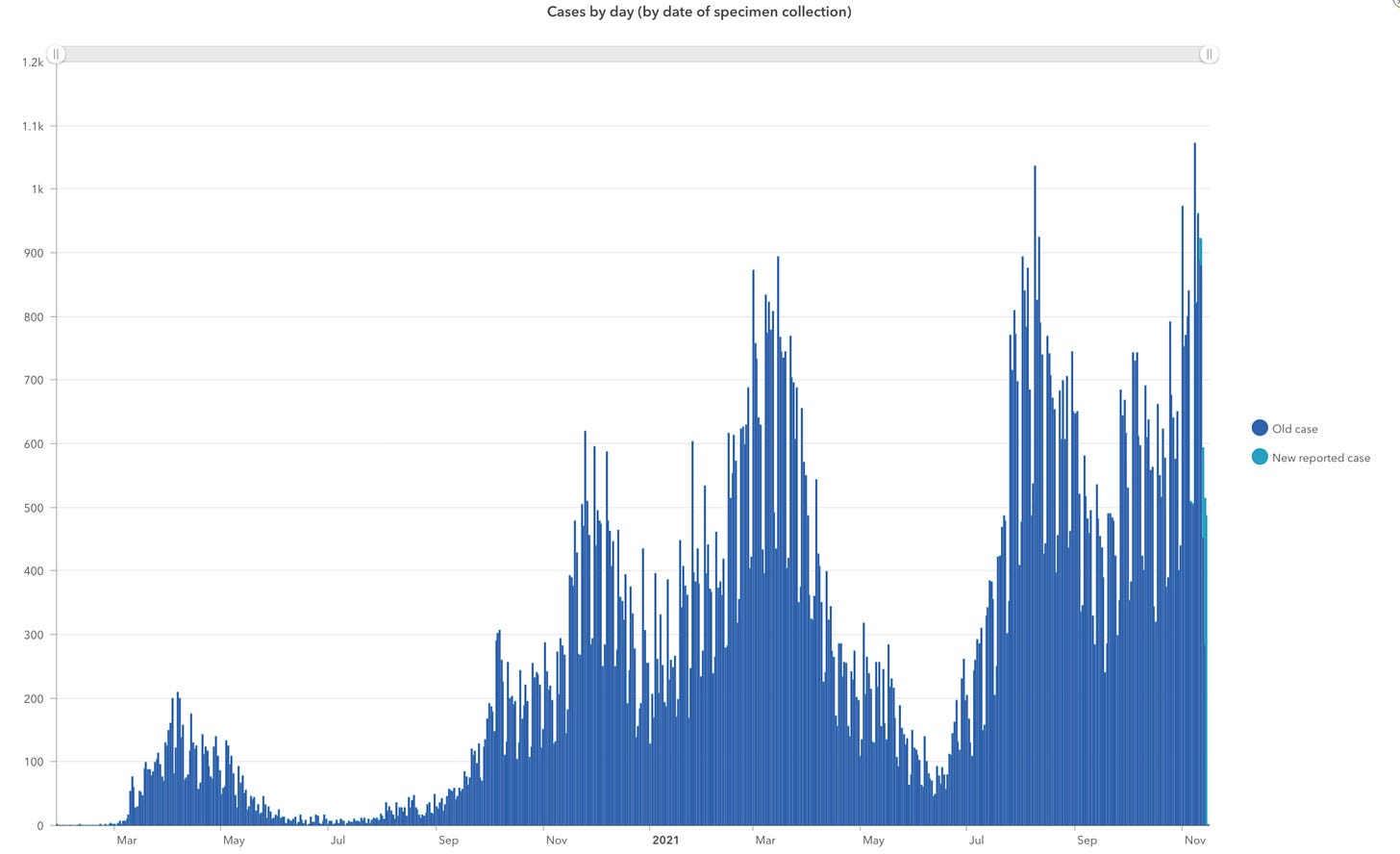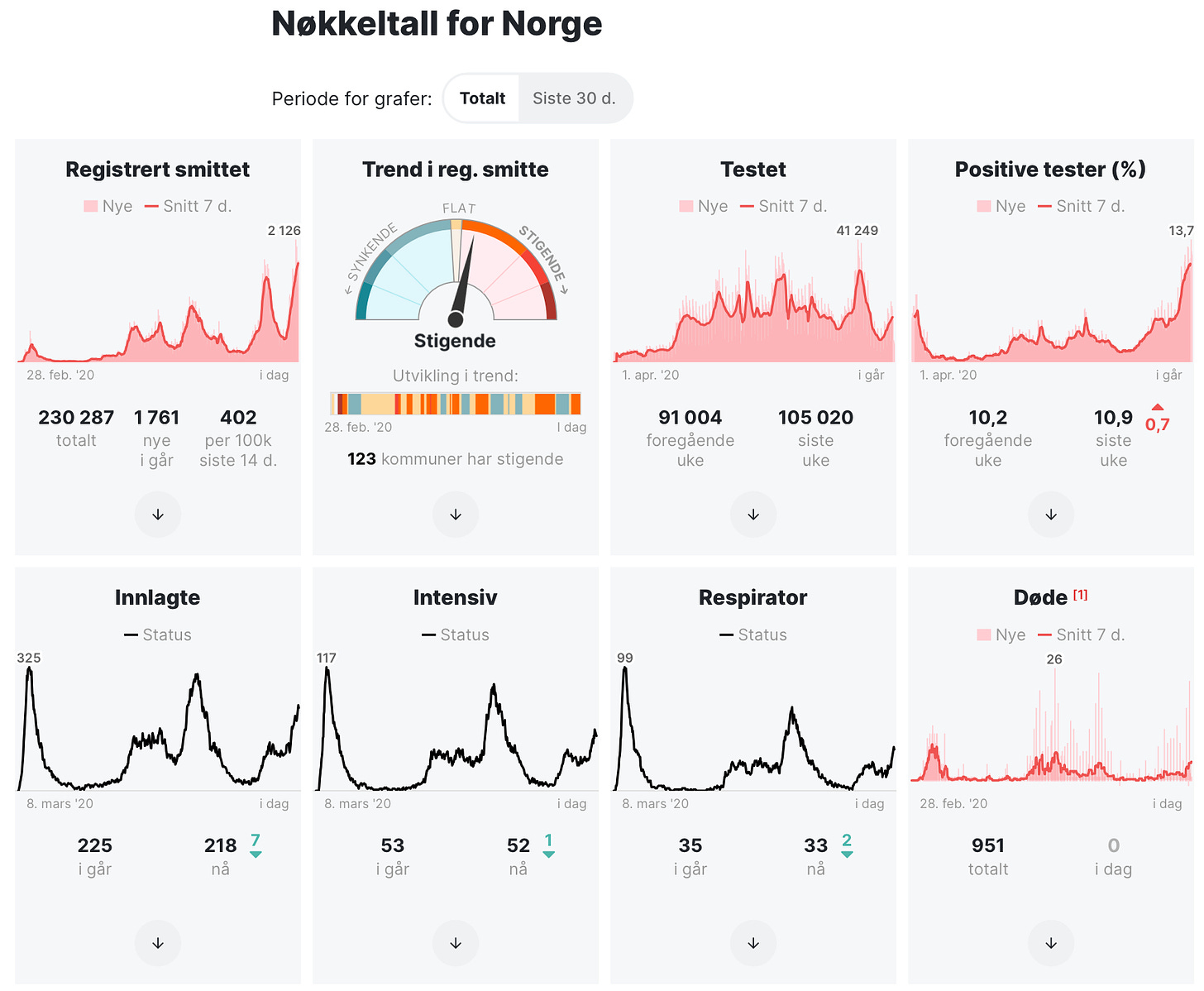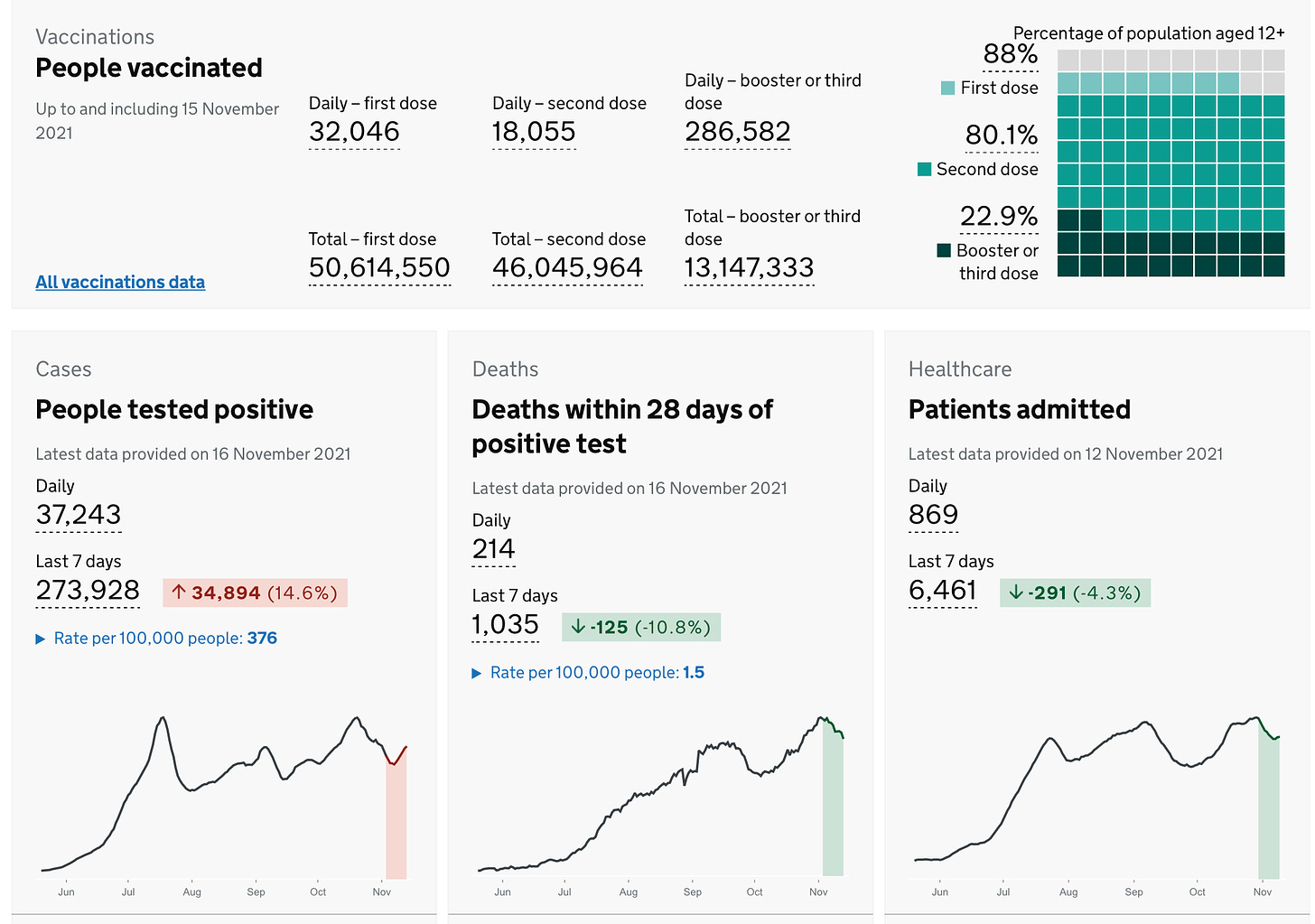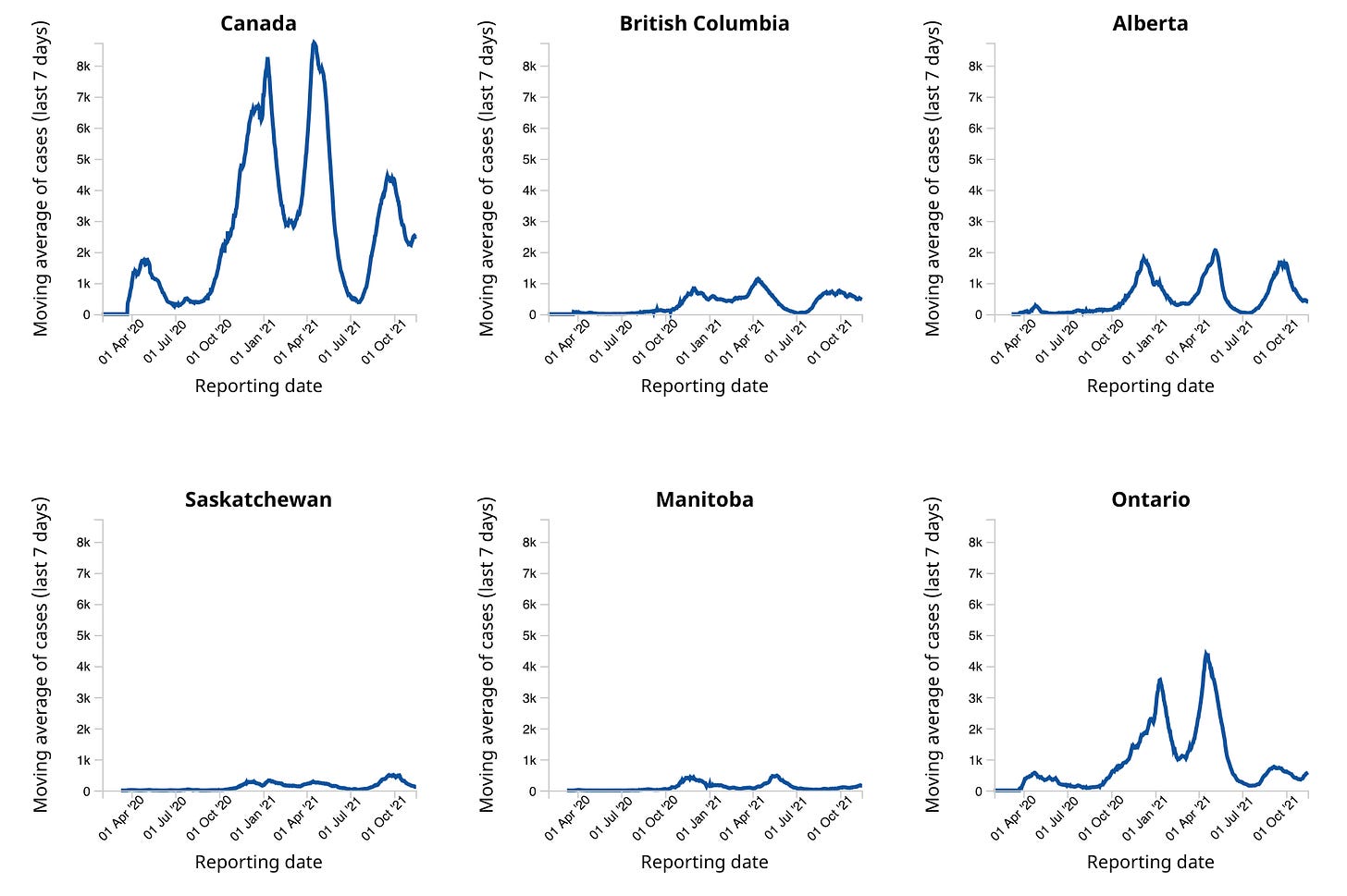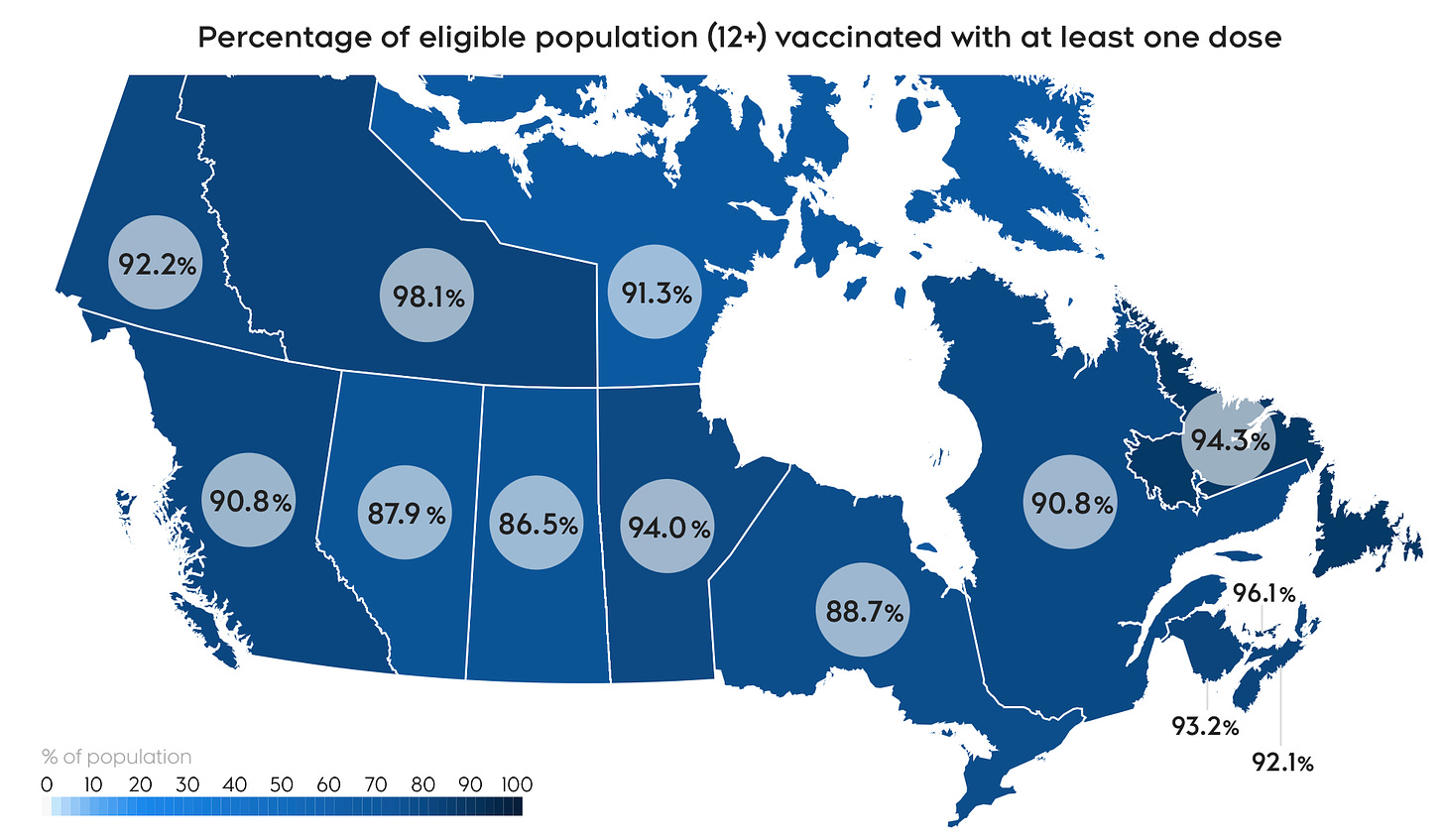🇩🇰
In a Facebook post, Frederikssund Kommune says the Danish Agency for Patient Safety has ordered the Falkenborg School's Trekløverskolen department to be temporarily closed due to a COVID outbreak. The Kommune says the school will remain closed until at least November 21. It says in the last week there have been 27 confirmed infections “across several classes.” Students will be moved to online classrooms in the meantime.
In Odense the Danish Agency for Patient Safety has also ordered Giersings Realskole to close due to a coronavirus outbreak.
Principal Poul Haahr Pedersen’s message to parents was obtained by TV2 Fyn.
“In the past week we have had 32 infections; four of them are teachers, and it seems that the infection is spreading, so to break the chains of infection, we are now closing down.”
But there are questions about why some schools are ordered closed and others are not. Also in Odense, Agedrup School has had 32 coronavirus infections in the last two weeks, but the school is open, and students are in class. The only people staying home are those who have tested positive according to the kommune.
As for the difference, the key seems to be in National Board of Health’s COVID guidelines saying classes or whole schools can only close in “special circumstances.” The other part of the equation is the Danish Agency for Patient Safety itself. It is the only one that has the power to order students sent home and schools to close, and it only does so when it determines the infection spread is “out of control.”
-
Denmark’s Health Minister Magnus Heunicke says the COVID contact number (reinfection rate or R0) remains at 1.1 for the 3rd straight week. Heunicke cautions that while the R0 continues to tread water, virtually every other indicator shows a worsening situation.
“We continue to have a growing epidemic.”
He says the most important weapon we have is to get vaccinated as he continues to urge those who have not yet had their shots to go get them as soon as possible.
-
Infection numbers continue to increase as Denmark reported 3,899 COVID infections and nine more coronavirus deaths today. Yesterday there 3,670 new infections. These are the highest daily infection numbers since there were a record high 4,508 cases recorded on December 18.
Yesterday there were 292,983 total corona tests done, of which 150,587 were PCR tests equaling a positivity percentage of 2.59%, which is very high.
-
Almost half of Denmark’s municipalities have exceeded infection numbers requiring local measures to be taken to curb infection spread. In all, there are 44 of Denmark’s 98 municipalities with COVID incidence rate of 400 or higher per 100,000 residents. On Monday, the COVID incidence rate threshold triggering local infection control measures was lowered from 500 to 400.
To date, just two kommunes have a COVID incidence rate of less than 100. They are Ærø and Samsø. On the other end of the spectrum, the kommunes of Hvidvore, Fanø, and Herlev all have infection incidence rates exceeding 800, as Denmark is now almost entirely high-risk crimson.
-
The infection spread among children, which frankly is alarming, continues to spiral upward. In the last seven days alone, there have been 5,325 COVID infections among kids ages six to 11 years old.
Among the other age groups 19 years old and under, coronavirus cases are also on the rise.
Among those 19 years old and younger there were 21 hospitalizations in the last seven days. Of those, 10 were infants and five were in the six to 11 year old age range.
-
COVID hospitalizations (371) continued to rise (+15) to levels not seen since January, while the number of infected people in an ICU (44) also increased (+4) and of those the number on a respirator (22) inched downward (-1).
-
On the vaccination front, the big infection wave continues to drive vaccine-hesitant people off the fence with another 4,639 1st doses administered yesterday. The increase in the last few weeks has pushed the number of people in Denmark who have had at least one vaccine dose to 77% of the total population.
-
A Danish industry group is pushing the use of technology to help limit virus outbreaks. TEKNIQ Arbejdsgiverne represents about 4,100 electrical, plumbing, and metal companies. It says there is too much hesitation in adopting new technologies that would help as infections rise again.
CEO Troels Blicher Danielsen:
“There is still far too little focus on the long-term benefits of, for example, investing in contactless technologies, mechanical ventilation, and other technologies when building new and renovating, not the least in the public sector.”
Danielsen says that schools and education institutions should be setting side funding to upgrade ventilation systems and adopt hands-free technology. He points to a recent survey from TEKNIQ Arbejdsgiverne and YouGov showing 64% of more than 2,000 Danish respondents think hands-free technologies should be adopted by more schools. By reducing the touching of surfaces, switches, and handles, the trade group believes it would help reduce virus spread.
“For example, there may be sensors for lights and toilets, which can significantly limit virus outbreaks and generally promote health. These are technologies that are already on the market and are ready to be put to use. So if you are willing to look a little further into the future.”
Danielsen believes COVID and other respiratory viruses are here to stay due in part to how closely connected the world is. He says technology has a significant role to play in preventing disease.
🇸🇪
Sweden has added 2,622 infections and another 12 corona deaths since its last update on Friday.
To date, 7,283,016 1st doses (85.3% of the population 16 years old and older) and 6,977,713 2nd vaccine doses (81.7%) have been administered.
Data for 12 to 15 year olds and booster doses have not been updated
-
Sweden was a “net exporter” of COVID infections due to its liberal, and ultimately failed, coronavirus strategy in the first year of the pandemic. This is the conclusion of a new study from researchers at Uppsala University, the Norwegian Institute of Public Health, and the University of Sydney in Australia. The study has been published in the European Infection Control Agency's journal Eurosurveillance.
Researchers made the finding after analyzing more than 71,000 virus samples from infected patients.
Uppsala University researcher John Pettersson spoke to the newspaper Upsala Nya Tidning:
“During the first year of the ongoing pandemic, Sweden was actually a net exporter of the sars-cov-2 virus to our Nordic neighbors. Since sars-cov-2 continuously mutates, we have been able to construct a kind of time-calibrated genetic family tree for how the virus spread in the Nordic countries during the first year of the pandemic, based on information about when the samples were taken and detailed data on the virus' genome.”
Sweden’s controversial strategy was to rely on recommendations and trust people would follow them without enacting any severe restrictions or lockdowns. The strategy was jettisoned in January after the country’s king called it a failure that had caused too much suffering and too many deaths.
-
Infections are up and hospitalizations are down in Sweden’s capital region. There were 1,516 COVID inflections in Region Stockholm last week compared to 1,359 the week before. Hospitalizations decreased from 86 to 74 from one week to the next.
Chief Physician Johan Bratt:
“The number of COVID hospitalizations requiring hospital care has for a long time hovered between 70 to 90 patients. On the other hand, it is a little worrying that the number of new infections is increasing slightly, compared with the previous week, which, however, was autumn leave, which may have affected the testing. Especially considering what the spread of infection looks like in large parts of the rest of Europe right now.”
Brat says the majority of new corona cases and hospitalizations continue to be unvaccinated people.
The region also cautions COVID stats are no longer “directly comparable” to previous weeks due to Swedish Public Health Agency testing changes. Since November 1 the agency has recommended that anyone who is fully vaccinated or has had a previous infection does not need to get tested even if they are symptomatic.
-
There is pushback on Sweden’s recommendation that fully vaccinated people not get tested for COVID, advice introduced on November 1. SVT is reporting that the Swedish Moderate Party wants things to change in order to help curb major infection outbreaks.
Leader Ulf Kristersson:
“We now see how the the infection spread is increasing quite significantly in nearby countries and it cannot be ruled out that it will come to Sweden as well. And one of the corona commission's clearest conclusions was also that we were late in Sweden in making the necessary decisions.”
He says extensive testing is the most effective way to see how infections are spreading, information that is vital in making decisions on combating corona spread.
-
A Swedish university is blocking unvaccinated nursing students from getting internships. Dalarna University has now made it mandatory that senior care and nursing students be fully vaccinated in order to get an internship. This comes after pressure from care providers who wanted to ensure the best protection form their patients.
-
The Swedish Research Council is spending big bucks to better understand why some people are plagued by COVID symptoms long after recovery, what causes it, long-term impacts, and symptoms. It is distributing 50 million Swedish kroner (about $7 million Cdn) to 14 different research projects studying long-COVID.
Council Secretary General Madeleine Durbeej-Hjalt:
“There is a great need to gain more knowledge about long-COVID. There is a lot of good research about long-COVID happening across Sweden. This is reflected in the quality of the applications we have received. This bodes well for increasing our knowledge on many fronts and by extension improving care and treatment.”
The grants are going to research projects at universities in Gothenburg, Linköping, Stockholm, Umeå, and at the Karolinska Institutet.
The Swedish Public Health Agency has also been tracking and publishing data on long-COVID rates.
🇫🇮
Over the weekend, Finland registered 3,166 infections and 14 more virus deaths. Today, it followed that up with another 937 infections and three more pandemic fatalities.
COVID hospitalizations (293) are unchanged.
To date, 75.8% of the total population have one vaccine dose, 70.9% have two, and 2.5% have had a booster shot.
-
Finland is seeing COVID cases rocket up among young children. Statistics from the Finnish Institute for Health show that in the last few days the most new infections were seen among children and young adults 20 years old and younger. Of the new coronavirus infections on Monday 614 were among children 0 to 10 years old and another 605 among those aged 11 to 20. So far, like similar trends in Norway and Denmark, ballooning infections among children have not translated to a similar surge in hospitalizations. The Helsinki and Uusimaa hospital district currently has no children in care for COVID treatment.
-
New restrictions are in force in southern Finland and more could be coming as the Helsinki and Uusimaa hospital district begin to strain as new COVID admissions surge again. YLE reports that the Regional State Administrative Agency of Southwest Finland has introduced a cap on gatherings of 50 people. More restrictions will be announced on Thursday.
🇳🇴
Norway has added 978 infections and had no new coronavirus deaths in the last day. Yesterday, it registered 783 new corona cases and one more death.
COVID hospitalizations (218) are down (-7) while ICU numbers (52) also inched downward (-1) of those the number on a ventilator (33) also dropped slightly (-2).
So far, 78.28% of Norwegians 12 years old and older have had one dose and 70.01% have had both.
🇬🇧
The United Kingdom has expanded its booster dose revaccination program and is now offering a 3rd shot to everyone 40 to 49 years old. The 3rd dose must be given six months after the second. The Joint Committee on Vaccination and Immunization made the recommendation after reviewing data showing early signs of waning immunity from initial vaccinations. Although the JCVI has not yet found any robust evidence of declining protection among fully vaccinated people under the age of 40.
According to the first published data from the UK Health Security Agency booster shots jack up protection against infection to over 90% with protection against serious disease “expected to be even higher.” The UK has already been administering booster shots to all adults 50 years old and older.
The joint committee has also advised that kids 16 and 17 years old who are not in vulnerable groups should now be given a second vaccine dose. The 2nd shot should be given a minimum of 12 weeks after the first. For 16 and 17 year olds who have had a coronavirus infection, it should be either 12 weeks after a first dose or 12 weeks after a positive test result, whichever comes later. On concerns about side effects causing inflammation of the heart (myocarditis) the agency points to studies from Canada and in the UK showing rates of such adverse reactions are lower when there is a longer interval between vaccinations.
JCVI Chair Professor Wei Shen Lim:
“Booster vaccine doses in more vulnerable adults, and second vaccine doses in 16 to 17 year olds are important ways to increase our protection against COVID infection and severe disease. These vaccinations will also help extend our protection into 2022.”
Infections are rising again in the UK. It reported 37,243 new infections and another 214 corona deaths today. Over the last seven days, coronavirus cases have increased while hospitalizations and deaths have decreased.
🌍💉
Pfizer has begun applying for emergency use authorization for its COVID treatment pill, Paxlovid, in a number of countries. It so far has applications seeking approval for the pill in the United States, United Kingdom, Australia, New Zealand, and South Korea. In clinical studies, the pill was found to reduce the risk of serious infections and hospitalizations by 89%.
Pfizer says it has also reached an agreement with Medicines Patent Tool so that a number of developing nations can produce the pill via licensing agreements with Pfizer. The World Health Organization has, with little success, repeatedly pushed, pharmaceutical companies like Pfizer to do something similar with their COVID vaccines.
🇨🇦
Health Canada has received an application and all the supporting data from Moderna as it seeks approval to extend its COVID vaccine for use on children six to 11 years old.
“As with all COVID vaccines, the Department will prioritize the review of this submission, while maintaining its high scientific standards for safety, efficacy, and quality.”
Health Canada is also assessing a similar application from Pfizer/BioNTech a decision is expected within a week.
-
Canada reported 2,220 COVID infections and 44 more coronavirus deaths yesterday as the national infection curve continues to bend back upward. It is being driven by increasing infections in Ontario and Quebec.
So far, the Canadian vaccination effort has administered 29,971,023 1st vaccine doses (78.38% of the total population) while 28,684,582 people (75.02%) are fully vaccinated. There have also been 645,416 booster doses done.
In Ontario Tuesday there were 481 new infections, of which 292 were people who either had one vaccine dose or none at all. Of the 301 people in hospital 228 are either unvaccinated or have a single dose. In ICUs of the 139 patients there, that number is 120.
Quebec reported 517 new infections.
In Atlantic Canada, New Brunswick had 34 cases, its lowest in two weeks. Nova Scotia had 31. Newfoundland and Labrador had two.
Manitoba saw 99 new COVID cases and one more death Tuesday.
There were 85 infections and one death in Saskatchewan on Tuesday.
Alberta logged 321 new cases and 13 more deaths today.
B.C. registered 1,190 infections and 16 more deaths on Monday in a three day period covering the weekend. On Tuesday health officials confirmed the province’s first case of the Delta sub-variant, AY.4.2.




